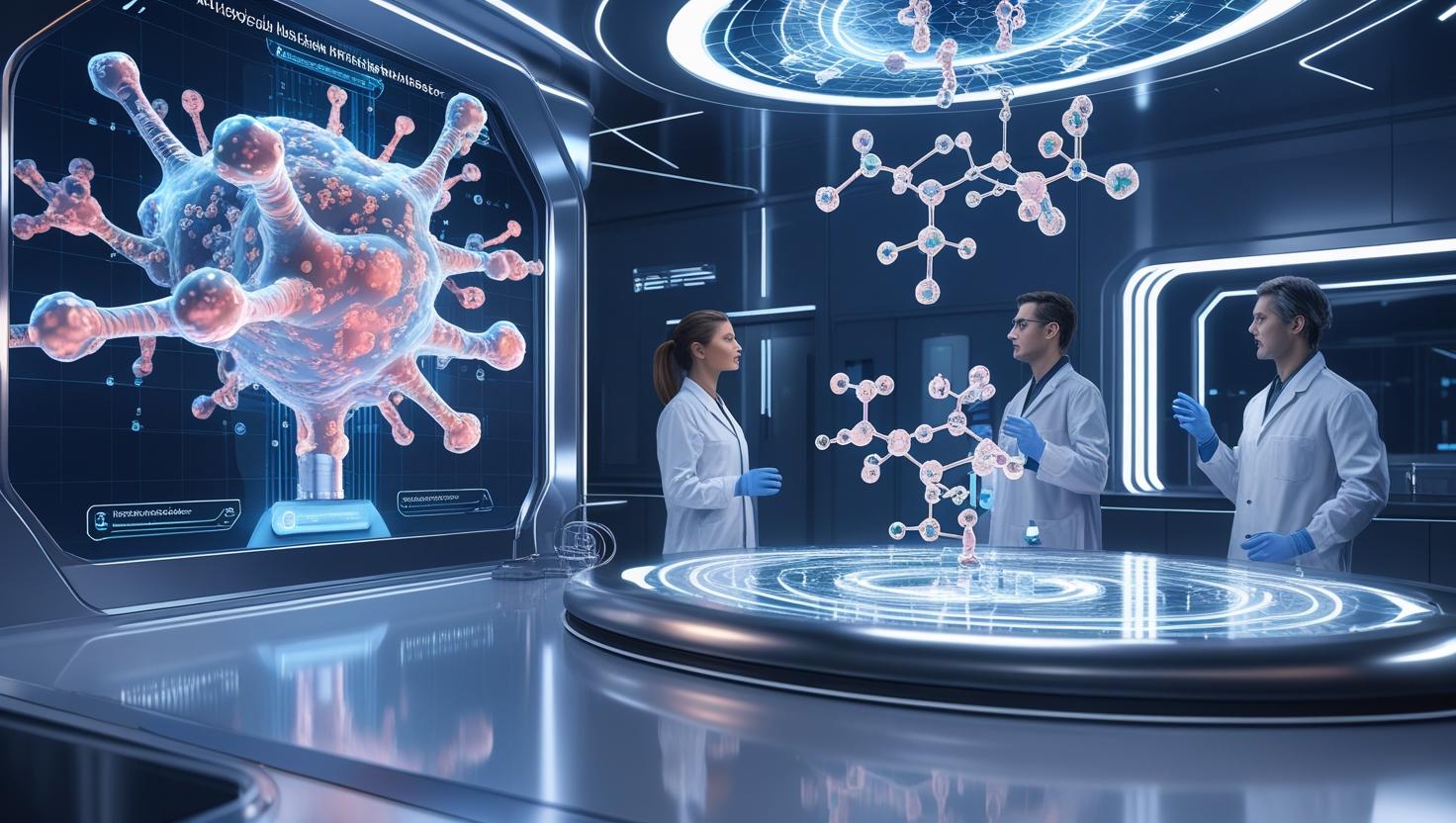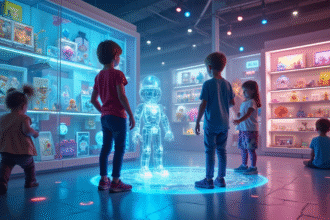In the sterile corridors of pharmaceutical labs and the digital depths of neural networks, a quiet revolution is underway. Artificial intelligence, once the domain of predictive analytics and chatbots, is now designing molecules that could save millions of lives. The battleground? Antibiotic resistance—a global health crisis that threatens to undo a century of medical progress.
The Crisis of Antimicrobial Resistance
Antibiotics, once hailed as miracle drugs, are losing their edge. The World Health Organization estimates that antimicrobial resistance (AMR) causes over 1.27 million deaths annually, with projections reaching 10 million by 2050 if left unchecked. The Centers for Disease Control and Prevention (CDC) reports that in the U.S. alone, 2.8 million infections are caused by antibiotic-resistant bacteria each year, resulting in 35,000 deaths.
The problem is twofold: bacteria evolve faster than we can develop new drugs, and the traditional drug discovery pipeline is slow, expensive, and riddled with failure. Between 2014 and 2019, only 14 new antibiotics were approved globally. Most are derivatives of existing drugs, offering little defense against emerging resistance mechanisms.
Enter Artificial Intelligence
AI is not just speeding up the process—it’s redefining it. Platforms like SyntheMol, developed by Stanford Medicine and McMaster University, use generative AI to design entirely new molecules that have never existed in nature. These models don’t just search existing databases; they create novel chemical structures and provide synthesis recipes for chemists to test in the lab.
In a 2024 study published in Nature Machine Intelligence, SyntheMol generated six new compounds targeting Acinetobacter baumannii, a pathogen responsible for thousands of AMR-related deaths. All six were successfully synthesized and showed promising antibacterial activity.
How AI Platforms Work
Unlike traditional drug discovery, which relies on trial-and-error screening of known compounds, AI platforms use deep learning to predict molecular behavior. These systems are trained on vast datasets of chemical structures, biological interactions, and clinical outcomes. They can:
- Predict antimicrobial activity
- Assess drug-likeness and toxicity
- Design molecules de novo
- Simulate resistance evolution
One such platform is the Machine Biology Group’s AI model at the University of Pennsylvania, which integrates bioengineering, computational science, and microbiology to accelerate antibiotic discovery. Their approach emphasizes open science, reproducibility, and collaborative data sharing—critical components in a field where secrecy often slows progress.
Generative AI: Hallucinating Molecules with Purpose
Generative AI models, similar to those powering large language models like ChatGPT, are now being repurposed to “hallucinate” drug-like molecules. While hallucination is a flaw in conversational AI, in drug discovery it’s a feature. These models explore the vast chemical space—estimated at 10⁶⁰ possible molecules—and generate candidates that are both novel and synthesizable.
However, early attempts often produced molecules that were chemically impossible to create. SyntheMol overcame this by embedding synthesis constraints into its model, ensuring that every proposed compound could be made in a real-world lab.
Business Implications for the Biotech Sector
For B2B stakeholders in biotech and pharmaceutical industries, AI-designed antibiotics represent a paradigm shift. The implications are profound:
- Reduced R&D Costs: AI can cut drug development timelines from over a decade to just a few years, saving hundreds of millions in costs.
- Higher Success Rates: Predictive modeling improves the odds of clinical trial success, reducing risk for investors and developers.
- Market Differentiation: Companies leveraging AI platforms gain a competitive edge in a crowded market.
- Regulatory Acceleration: AI-generated data can streamline regulatory submissions, especially when models are transparent and reproducible.
Venture capital is taking notice. In 2023 alone, over $2 billion was invested in AI-driven drug discovery startups, with companies like Insilico Medicine, Recursion Pharmaceuticals, and Atomwise leading the charge.
Challenges and Ethical Considerations
Despite its promise, AI-designed antibiotics face hurdles. Data quality remains a concern—biased or incomplete datasets can lead to flawed predictions. Intellectual property rights for AI-generated molecules are still a legal gray area. And there’s the risk of over-reliance on algorithms, sidelining human expertise.
Moreover, the economic model for antibiotics is broken. Unlike chronic disease drugs, antibiotics are used sparingly to prevent resistance, making them less profitable. Public-private partnerships and policy reforms are needed to incentivize innovation.
The Role of Public Policy
A 2024 report from the Stanford Social Innovation Review argues that AI alone cannot solve the AMR crisis. It must be paired with robust public policy. Governments can:
- Fund open-access AI platforms
- Support clinical trials for AI-designed drugs
- Reform reimbursement models
- Promote global data sharing
The European Union’s AMR Action Plan and the U.S. PASTEUR Act are steps in the right direction, but more coordinated efforts are needed.
Looking Ahead: A New Era of Clinical Innovation
AI-designed antibiotics are more than a technological breakthrough—they’re a lifeline. As platforms become more sophisticated, we may see personalized antibiotics tailored to individual microbiomes, real-time resistance monitoring, and even autonomous drug design systems.
The fusion of AI and clinical research is ushering in a new era of innovation. For business leaders, the message is clear: adapt or be left behind. The companies that embrace AI today will be the ones shaping the future of medicine tomorrow.








